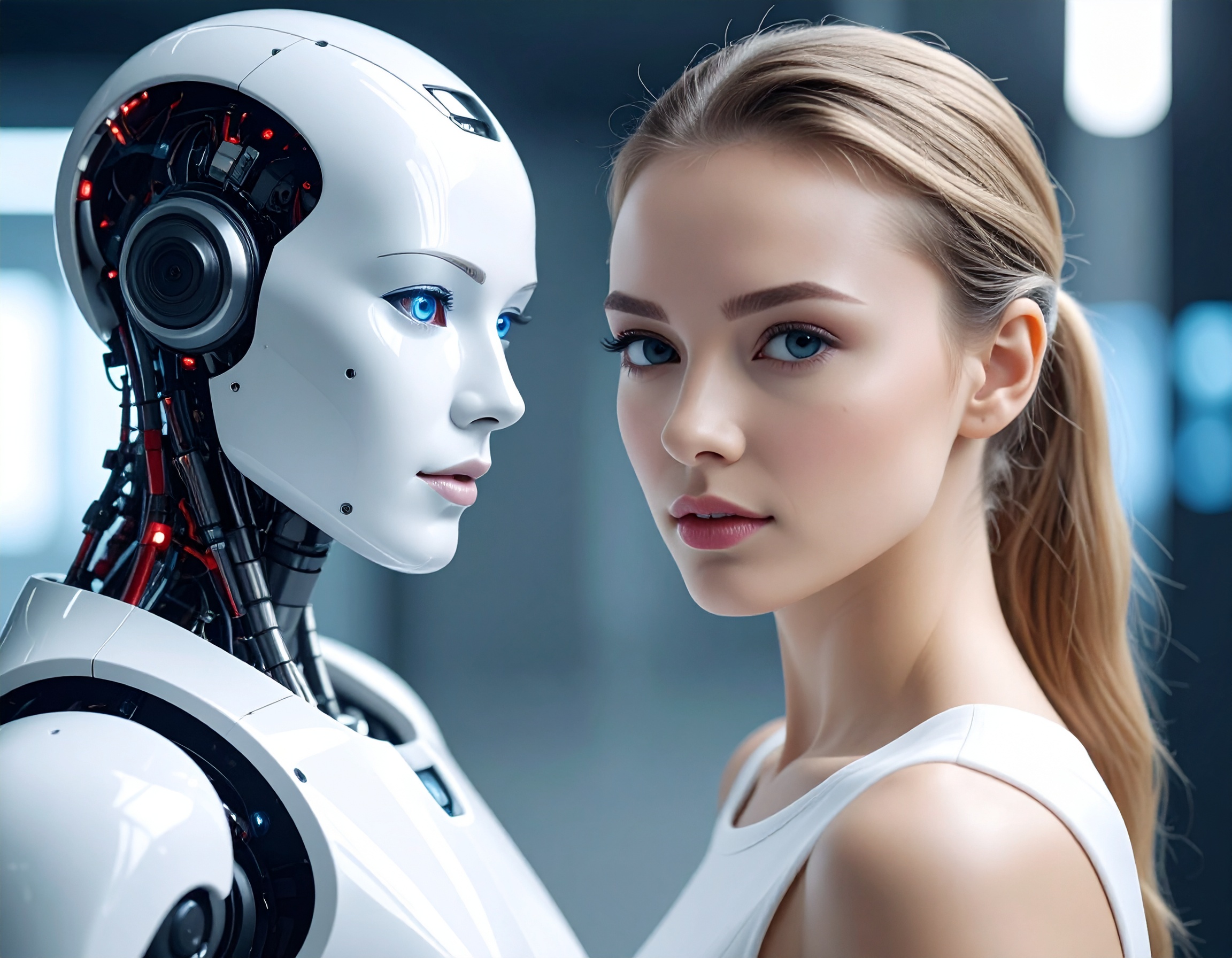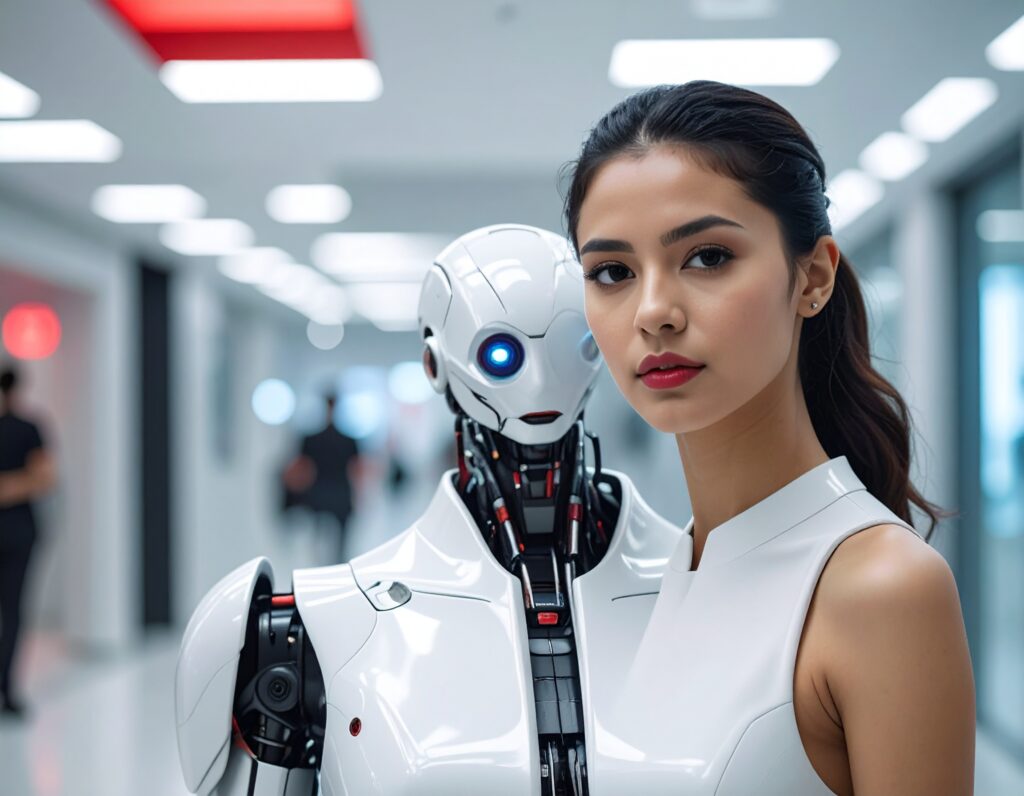Robots at Work: How IFS and Boston Dynamics Are Bringing “Non-Human Workers” to Industrial Sites

Connecting Robots with Enterprise Intelligence
On November 27, 2025, IFS and Boston Dynamics revealed a groundbreaking collaboration that promises to reshape industrial field operations. Unveiled at the event Industrial X Unleashed in New York, the partnership combines Boston Dynamics’ autonomous inspection robots with IFS’s industrial AI platform, creating a fully-agentic AI system that bridges sensing, decision-making, and action.
What Happens in Practice: A Continuous Loop of Sensing and Acting
The core idea is simple but powerful: Boston Dynamics’ “Spot” robots patrol industrial facilities like factories, power plants, mines, or utility sites, collecting real-time data using a variety of sensors. They can:
- Use thermal cameras to detect overheating.
- Listen for air or gas leaks.
- Read analog gauges for pressure and flow.
- Check indicator lights, monitor for spills or identify hazards.
- Detect electrical anomalies like voltage irregularities.
Once Spot robots gather this operational data, it is sent to IFS.ai. There, the AI — acting as an “AI Employee” or “Voice AI Agent” of sorts — analyzes the data, makes decisions, and triggers necessary actions: scheduling maintenance, raising alerts, or even adjusting operations automatically. This creates a seamless “sense → decide → act” loop, without requiring human intervention.

Why It Matters: Solving Labour Gaps and Boosting Safety, Efficiency, Uptime
This initiative addresses a major challenge many industrial sectors face: labour and skills shortages among field workers, which often lead to service gaps and prolonged outages. By deploying non-human workers that don’t need rest, can handle hazardous conditions, and operate continuously, companies get:
- Better safety, as humans are removed from dangerous inspection tasks.
- Greater efficiency, since robots + AI respond faster and more reliably.
- Increased uptime, thanks to predictive analytics catching issues before they cause breakdowns.
For example, a customer of IFS, energy provider Eversource, noted that the new system could shift its maintenance strategy from reactive to predictive — automatically prioritizing crews to address high-risk issues first.
A Glimpse Into the Future of Industrial Work
In essence, this collaboration marks a turning point where “physical AI” and “agentic AI” unite: robots gather data in the physical world, while AI in the cloud or data center turns that data into actionable enterprise decisions. Together, they create a new breed of “non-human workers” — intelligent, autonomous, and integrated into corporate workflows. As more asset-intensive industries adopt this model, we may see a wave of operational transformation across manufacturing, energy, utilities, mining, and beyond.
Key Highlights:
- On November 27, 2025, IFS and Boston Dynamics unveiled a joint autonomous robotics-AI system at Industrial X Unleashed in New York.
- Their solution combines Boston Dynamics’ Spot inspection robots with IFS.ai’s agentic decision system.
- Spot robots can detect overheating, gas leaks, gauge pressure/flow, spot spills or hazards, and sense electrical anomalies — feeding data in real time.
- IFS.ai analyzes this data, makes decisions, and triggers corrective or maintenance actions — fully autonomously.
- The collaboration aims to improve safety, efficiency, and equipment uptime, while helping industries overcome labour shortages and skill gaps.
Reference:

